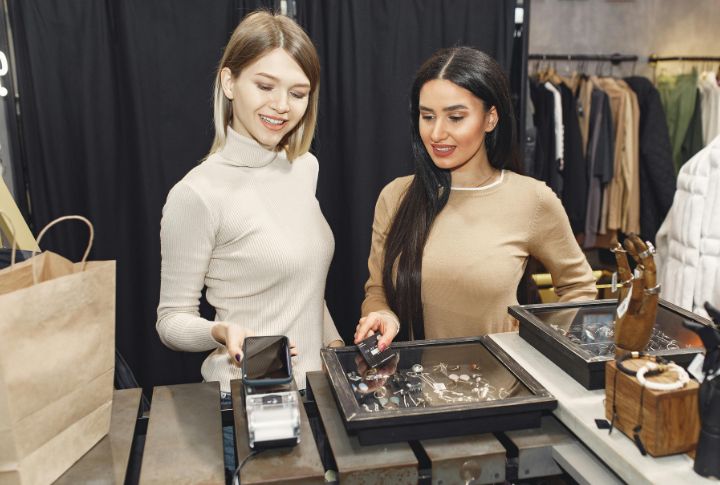
Antique jewelry has a way of standing out. It carries details you don’t see in modern pieces, and it draws the kind of attention that lasts. But keeping that charm intact means knowing how to buy wisely—and how to care for it once it’s yours. The first five tips help you avoid costly buying mistakes. The rest reveal what it takes to protect these treasures for years to come.
Not Checking The Jewelry’s History
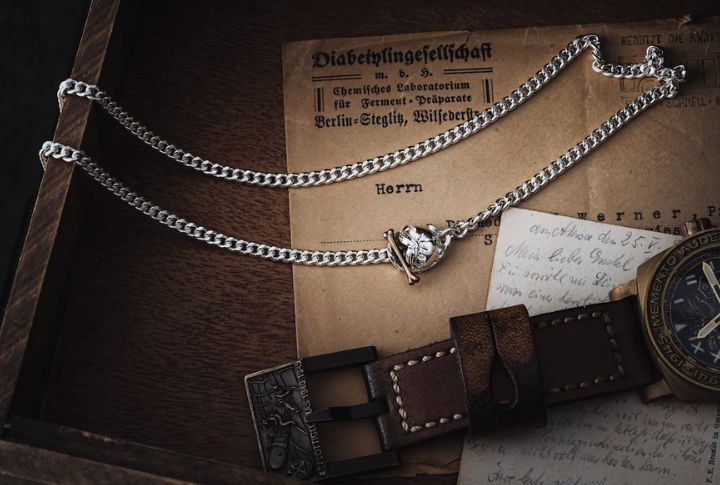
The National Stamping Act of 1906 standardized hallmarking for precious metals in the US. Jewelry made before 1950 may lack certificates, but normally has engraved initials or workshop stamps. Reputable dealers provide documentation. Provenance adds value—pieces with known history can sell for 20–40% more at auction.
Buying Fake Vintage Pieces
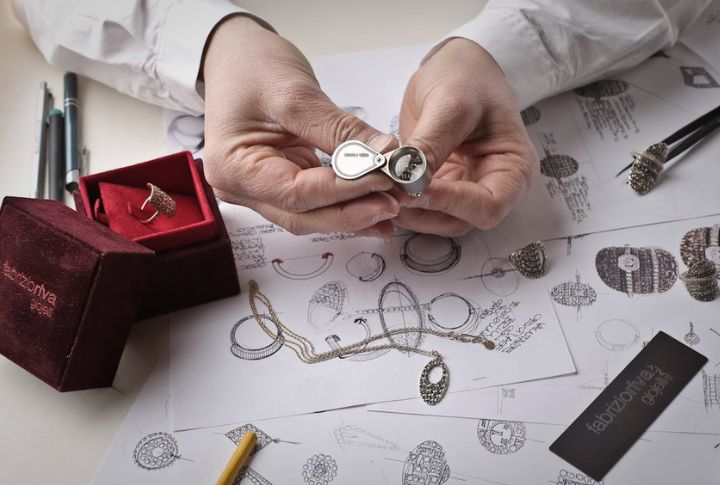
Tiny details often reveal the truth—authenticity lives in the cut and gem report. Old mine and rose cuts belong to real antiques, not brilliant-cut stones. Synthetic gems appeared widely after 1900. So when sellers say “Art Deco style,” be ready to spot modern replicas.
Paying Too Much Without Research

A 1930s platinum ring sold at auction for $2,500, whereas retail listings indicated a price of $4,800. Age doesn’t dictate value; rarity and artistry are more important. Dealers add 30–50% for sourcing and restoration. Use LiveAuctioneers or WorthPoint to compare listings before buying to avoid overspending.
Not Learning Jewelry’s Era
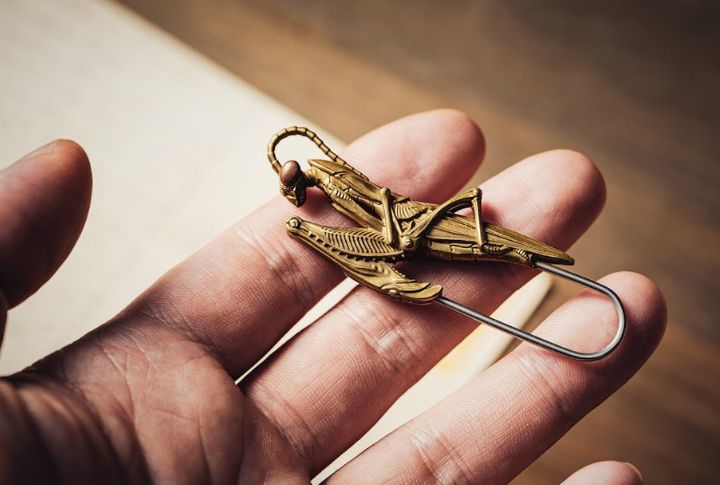
Each period left a signature. Retro design leans into bold shapes and rose gold, while Art Deco prefers symmetry and clean geometry. Earlier, Art Nouveau celebrated nature with flowing lines and enameled details. Before that, Victorians favored mourning pieces, and Georgians used foil-backed gems. Recognizing styles unlocks collecting wisdom.
Buying Without A Clear Plan
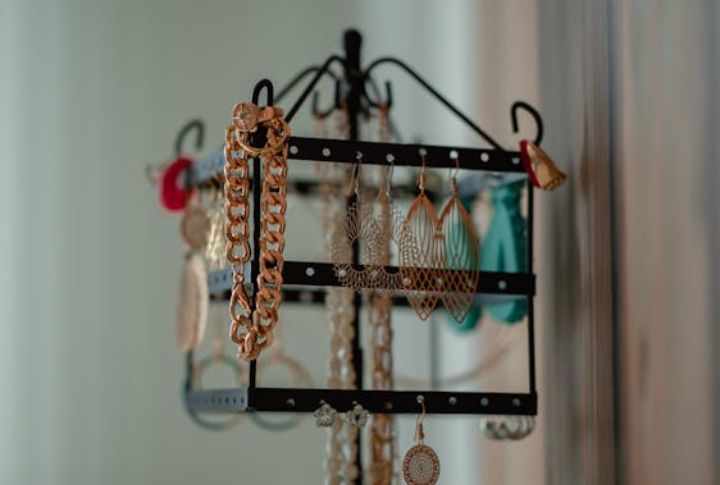
Without a clear direction, collections can become disconnected and contain unnecessary duplicates. Choosing a focus, like mourning rings or lockets, creates cohesion and purpose. That intention strengthens decision-making and contributes to lasting value. Through thoughtful planning, every piece becomes part of a story worth preserving.
Using Harsh Cleaning Methods
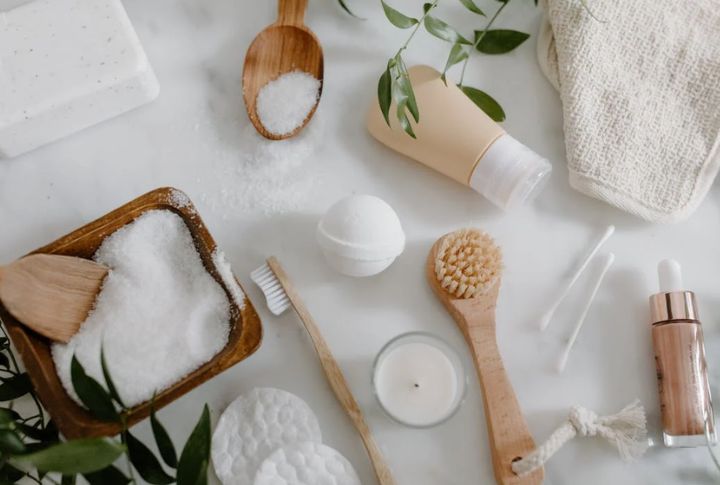
Once you’ve figured out how to buy smart, it’s time to learn how to keep each piece safe and sound. First rule of care? Ditch harsh cleaners. Ultrasonic machines can crack enamel, and ammonia slowly wears out delicate gems. According to the GIA, a soft brush and mild soap work best. Harsh cleaners might shine fast, but they leave behind lasting damage.
Trying DIY Repairs
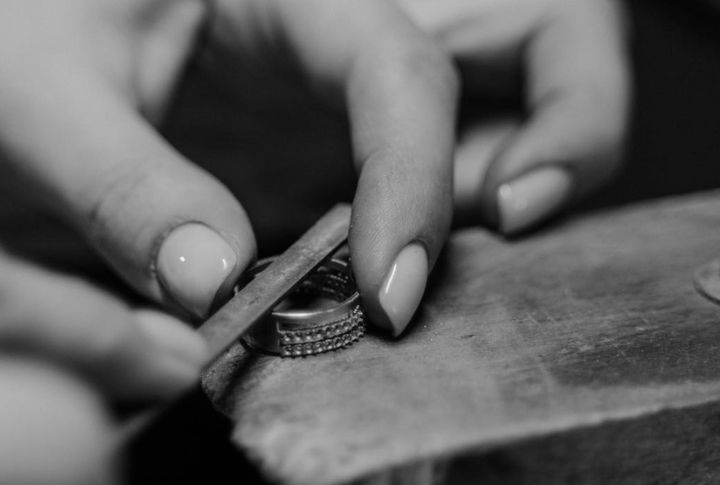
Cold joining and laser welding enable professionals to preserve a piece’s integrity while keeping it true to its original era. Glues, on the other hand, trap moisture and stain metal, which causes hidden damage. Even re-soldering with modern alloys can subtly alter the metal. Quick fixes at home carry lasting consequences.
Exposing Jewelry To Sunlight

Antique jewelry and strong sunlight don’t mix well. Over time, UV rays fade dyed stones and coral, while heat can expand metal and loosen settings. Even vintage plastics like Bakelite risk warping. To keep these treasures safe, store them under indirect lighting or behind UV-filtered glass to slow down the damage.
Storing Jewelry Incorrectly
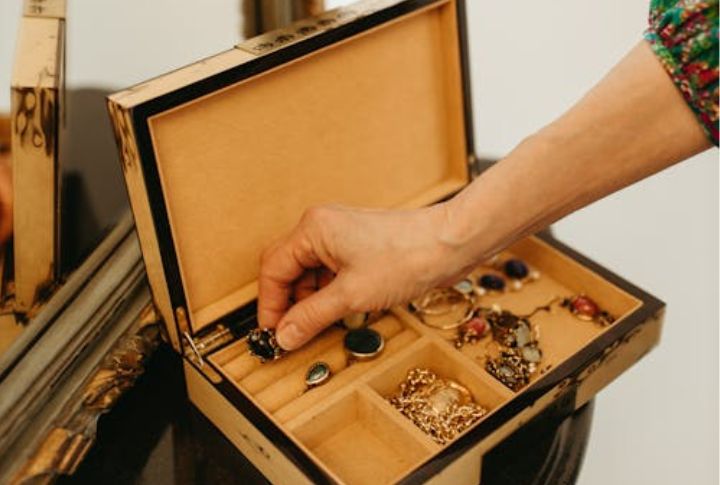
Oxidation sneaks up fast on silver and lower-karat gold when the air’s too damp. Stack your pieces together, and you risk scratches on delicate gems. What works best? A cool, dry spot, padded storage for each item, plus silica gel and acid-free tissue to keep things stable and moisture-free.
Removing Original Finishes
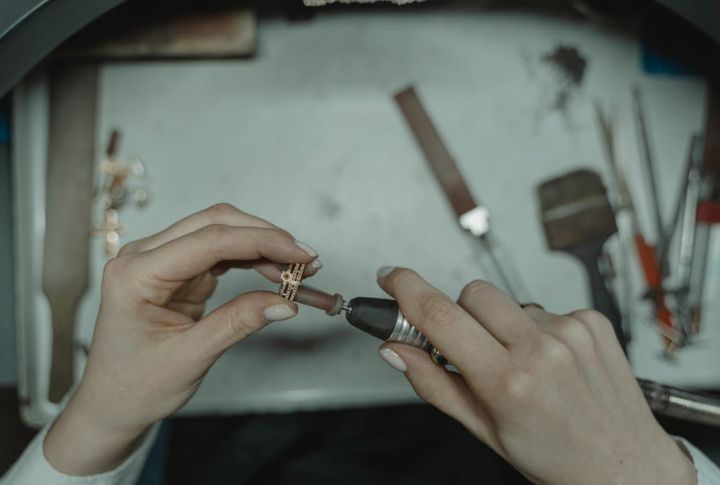
A quick polish might seem harmless, but it wipes away the very marks that give antique jewelry its soul. Collectors value those tiny tool marks and natural wear. Unless it’s truly needed, experts suggest leaving the original finish intact—it often adds to both the value and historical interest.
